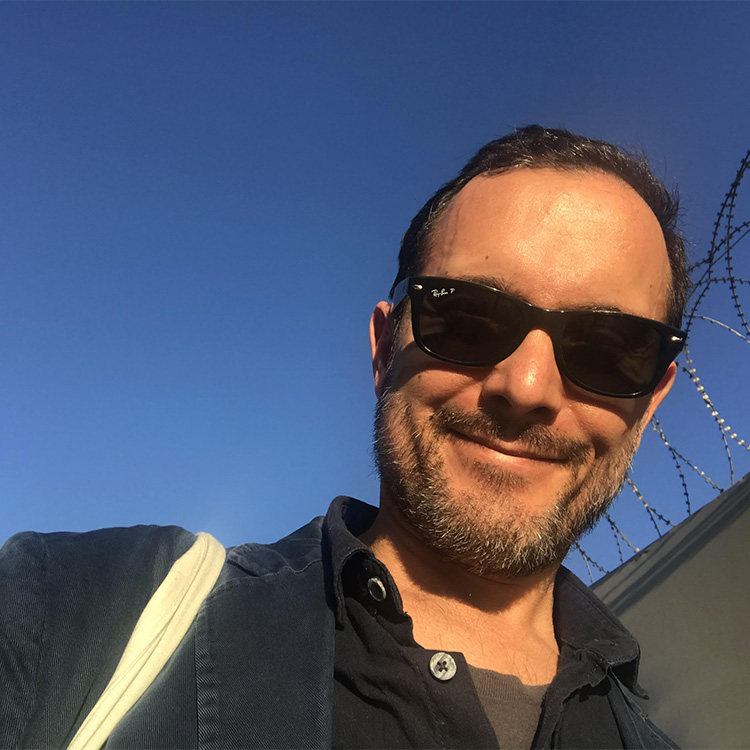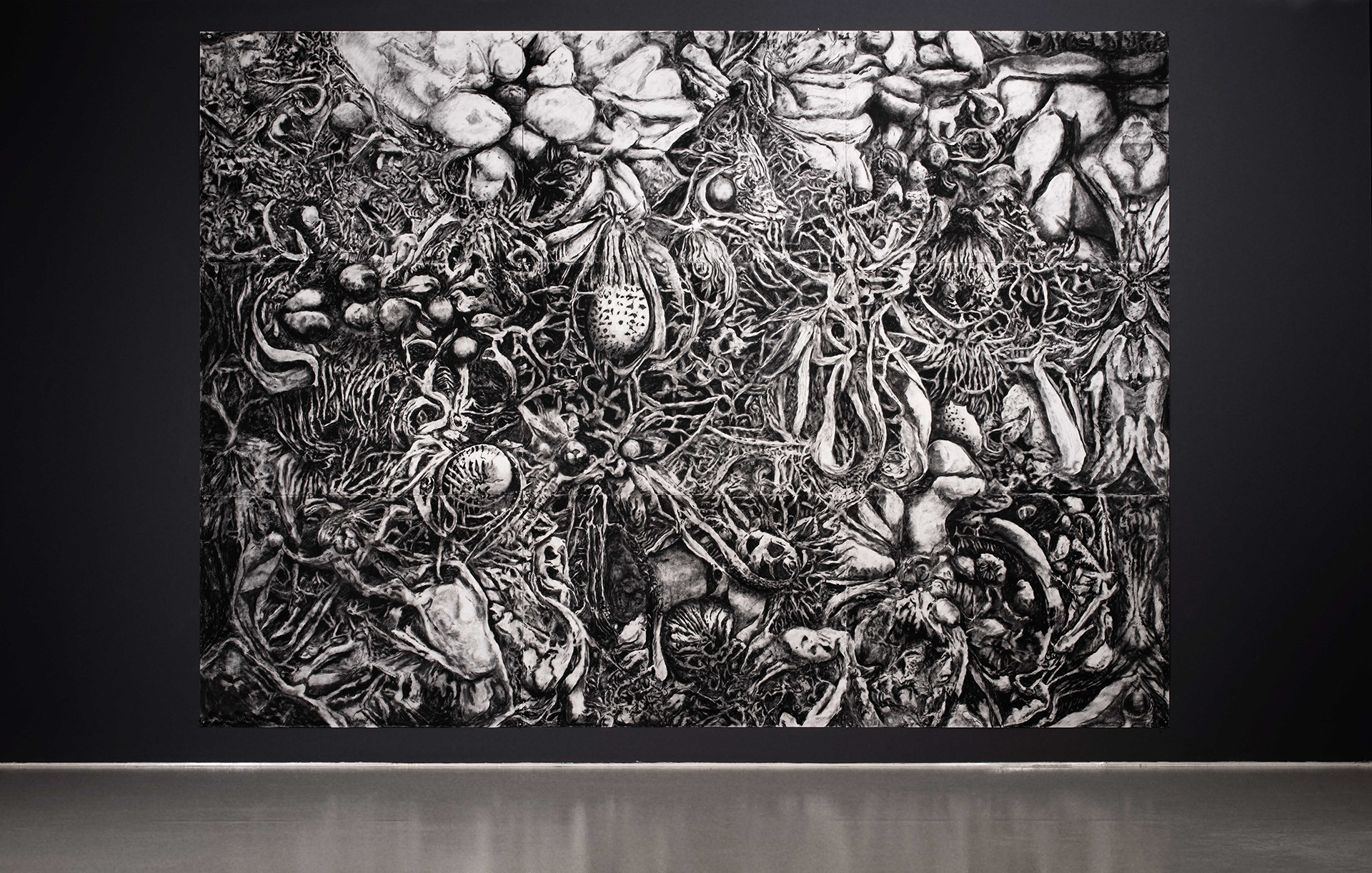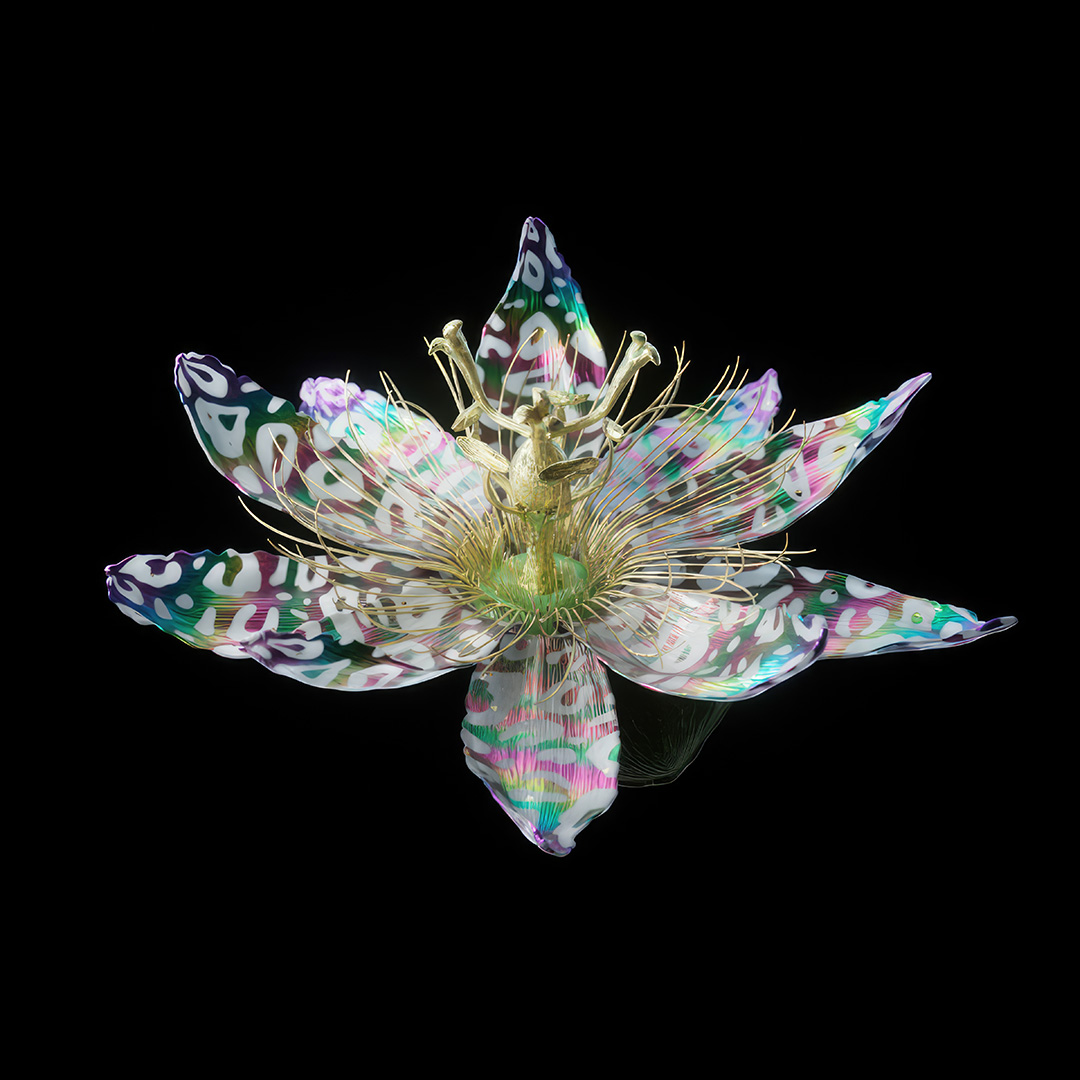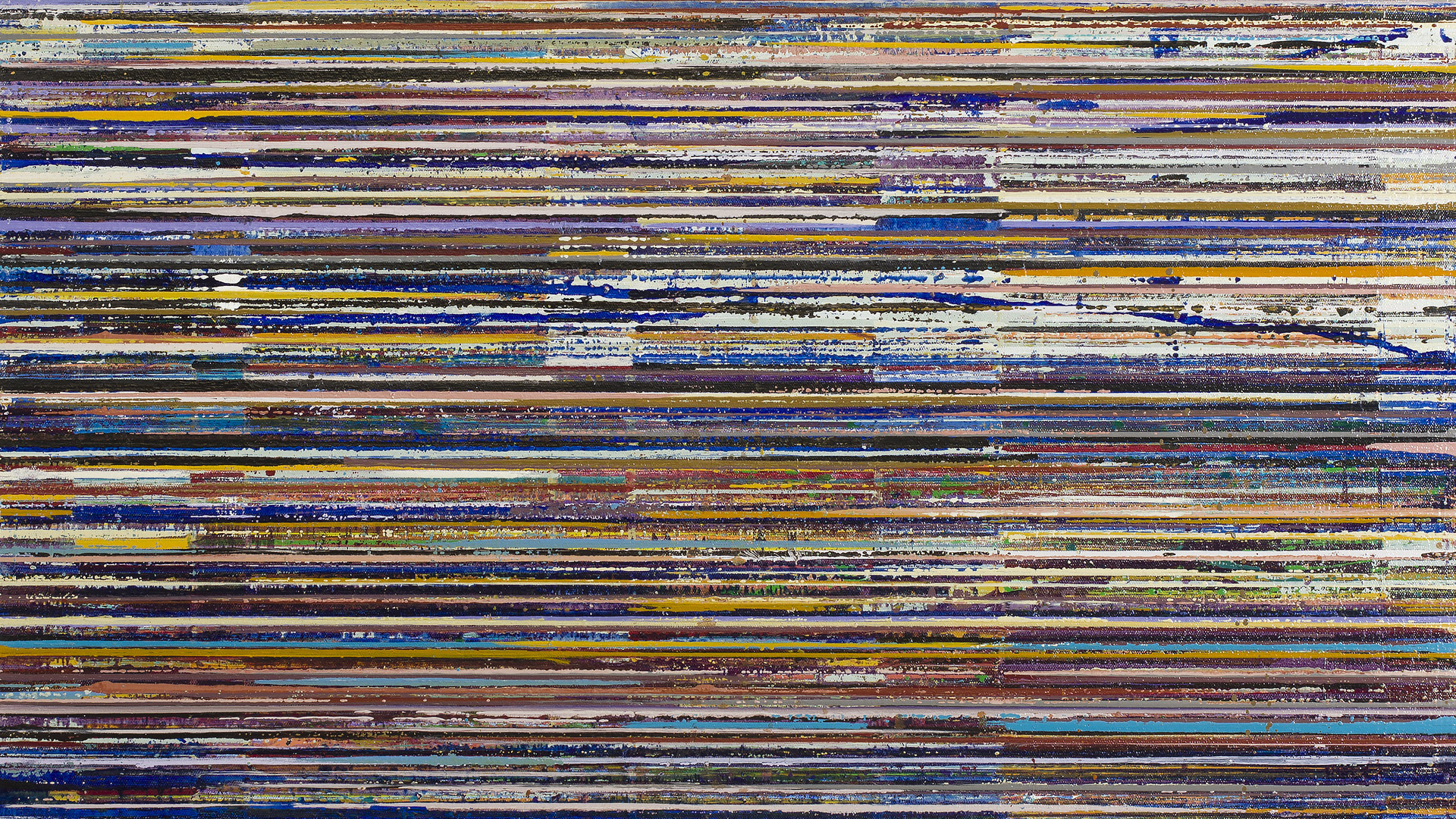Blog
Antagonistic to Human Nature, Man-Made Question Marks
10 January 2024 Wed
Evrim Altuğ's comprehensive analysis of the exhibition "Mat Collishaw: Arrhythmia" is now online!

EVRİM ALTUĞ
evrimaltug@gmail.com
The fact that art takes naissance and demise as sources of inspiration must be as old as these notions themselves. The same is relevant for the study and interpretation of nature by people of science and art, often as a legacy of God, as well as the achievement of completely diverse spiritual and rational orders based on it. From this viewpoint, something similar can be said about the Mat Collishaw exhibition Arrhythmia at Borusan Contemporary.
Among the exhibitions that visited İstanbul, Arrhythmia, where the digital art court with the mastery of hand and eye, is the one that metaphorizes the endless vibrant flow in the Bosphorus at the most intense level. In addition, it is also the one that "already becomes a classic" without being content with renaming the post-modern.
While the artist prefers dystopian fictions featuring underwater and surface creatures as inspiration for his works, he interconnects Renaissance author Albrecht Dürer with the German physician, zoologist, painter, evolutionist, philosopher, and artist Ernst Haeckel, who was an ardent proponent of Darwinism. Collishaw's series of engravings at the entrance, a hybrid of Haeckel and Dürer illustration The Four Horsemen of the Apocalypse dated 1497-98 created by AI, has "psychedelic" effects. In the extremely detailed microbiological flora you see in this series, the shell pink "flesh" of some details shocks you, while the generosity of minutiae in the images you pass by with a certain speed and intensity is chalked off afterward. Collishaw adopts it as a cultural identity to address the issue with contemporary art production tools in the face of the meticulousness of these first "citizens of the world" in recording nature and transforming harmoniously, including Da Vinci and Darwin, who did not forget to take a pencil, paper, magnifying glass and a knife for details while exploring the planet earth in the 18th and 19th centuries. Mat Collishaw rehearses the same noteworthy laboriousness in Pandora, a charcoal abstract-expressionist composition that is 254 cm to 357 cm in size.

Mat Collishaw, “Pandora”, 2023.
The artist's production style makes us ask "How do we look at something with disquiet and respect at the same time?" and generates fertile questions that will make us all reconsider the consciousness of tomorrow, the duties of today, and the value of the past. After all, Mat gives the impression of presenting a rather pessimistic exhibition with scenes of extinction in his work Even to the End (2023), reminiscent of Alfonso Cuaron's 2006 adaptation of the P. D. James book, The Children of Men (1992). However, with all its wonderful fine points, Collishaw's meticulousness in his works brings the viewer around who inhales the dark atmosphere in the exhibition space.
The artist makes the roadside plants his crown jewel and animates their drawings that provoke the senses in the dark. Thus, he not only pays tribute to the tradition of classical painting but also proves with this meticulousness that he has already integrated today's ecological agenda items into his program. Starting a silent debate with the viewer between the threshold of the natural and artificial in what is "beautiful", Collishaw creates inevitable effects with scientific arguments, blending technology, history, civilization, flora, and fauna during the construction of his works.
The artist, who has already made the "finale" of these shows of sensitivity in the exhibition with the optically gifted installation “Sounding Sirens”, refers to the jellyfish, which are soaring in number on the Turkish coast and undermining the existing ecological balance. With this installation, Collishaw salutes the intelligent octopuses as well as numerous rare species of the same kind that are under threat in the ecological system. Collishaw, who demonstrates an unwavering commitment to the use of art both as a spectacle and an instrument of declaration at the same time, brings the viewer closer to himself with his meticulous technological proficiency, while not sparing any kind of praise in order not to alienate them from nature. In works such as Columbine and Whispering Weeds, which are on view at Borusan Contemporary until August 18, Collishaw, whose meticulousness we admire and whose attitude excites us about the essence of nature, takes the Renaissance figure Albrecht Dürer's Great Piece of Turf dated 1503 as a starting point for his works.

Mat Collishaw, “Another Different Habit”, Heterosis, 2023.
Just as we have seen in the installation Flame (2023) and its video titled Eidolon, which depicts a gigantic burning iris flower accompanied by a choir from the Book of Daniel, chapter three, the artist devotes himself to the deepest expression of the “plainest”, and for this, he tests himself with a unique diligence that does not scale down color, size, or detail. Not only that, in the artist’s trajectory, the tension between life and death can also be traced in the series Burning Butterflies (2013) or Burning Flowers (2014).
As we have noticed in his portfolio, Collishaw also repeats in his career the counter-auto portraits that nod to art history in his Last Meal on Death Row (2011) series. The works in the exhibition that have been opened by these parentheses make the line between nature and still life even more transparent, proving that the real surprise lies in today's gaze. They intertwine original propositions about the duration of looking at an image in focus.
Through an innovative and admirable effort to make his thoughts visible, Collishaw underlines the impermanence of today's world as an agonizing possibility (and beyond) with the Adagio for Strings, a 20th-century American composition by Samuel Barber, a contemporary US composer who lived between 1910 and 1981. The work became as popular as it was symbolic. This demonstrative anxiety in the exhibition, which has also been invoked in the history of art through examples such as Oliver Stone's Vietnam elegy dated 1987, Platoon, and the David Lynch adaptation of Elephant Man is further reinforced with a dramatic selection thanks to the video Heterosis, which is also on view at Borusan Contemporary.
Giving the sense that he takes Haeckel's Kunstformen Der Natur (1899) and his masterpieces from the same period such as Creatures of the Deep as his conceptual and formal starting point, Collishaw leaves the viewer alone as much as possible with what is organic, impeccable, stunning, and open to transformation.
The artist reveals this uncanny level of "civilization" that is always on the brink as "man-made question marks antagonistic to human nature" and this makes us, who were besieged by his works, doubt his immortality even more as the "man-made" dangerous question marks in the imminent future continue to pile up.
ABOUT THE WRITER
Evrim Altuğ studied at the Marmara University Fine Arts Faculty Cinema - Television Department and Istanbul Bilge University Communication Faculty Stage and Performing Arts Department (with a scholarship); he participated in the Design Culture and Administration Certificate Program. In 2003, he was one of the founding members during the relaunching of the International Art Critics Association - AICA Turkey. Altuğ was the president of the association for two terms and is still a member of the board. He writes on arts and culture across various print and digital media, including Art Unlimited, Gazete Duvar, Hürriyet Kitap-Sanat and Arkas News. He continues the program Yolgeçen on Açık Radyo with Rahmi Öğdül and he was selected for the writers’ program launched by SAHA in 2019. He continues his journalistic work on arts and culture as part of Açık Dergi on Açık Radyo, edited by İlksen Mavituna. Altuğ has recently been appointed the director of Zilberman Gallery Istanbul.



